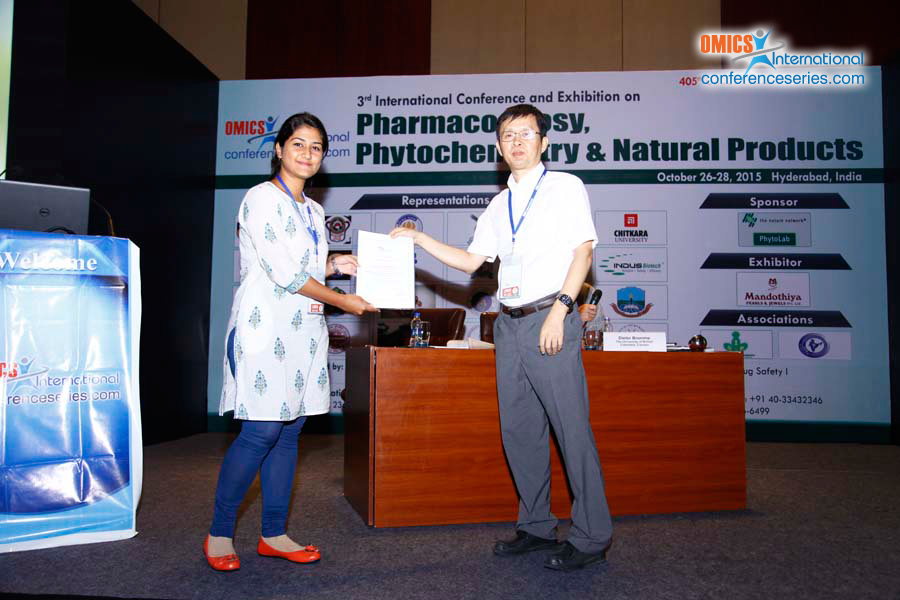
Swastika Maity
Manipal college of Pharmaceutical Sciences, India
Title: Physico-chemical properties of ethno-medicinal plant Hygrophila auriculata and Paederia foetida leaves grown in herbal kitchen garden
Biography
Biography: Swastika Maity
Abstract
Medicinal plants have been used in pharmaceutical practices for thousands of years. India has a wide range of biodiversity and due to its tropical climate which can support large number of ethnomedicinal plant. Hygrophila auriculata and Paederia foetida are such ethno-medicinal plant. H.auriculata is an aquatic perennial herb with spine and P. foetida is a climber which has ovate to lanceolate leaves. As both the plant has wide medicinal values, people and tribes of local area of these plant use their leaves in their diet, the plants with root were collected from the marshy land of West Bengal and grown in herbal kitchen garden at Jhansi , which has semi arid tropical climate. Physical properties of leaves were measured, processed and analyzed for proximate principles as well as fiber fractions . Leaf length, width and petiole length was 6.60 ±0.17, 2.98± 0.18 and 1.86±0.19 cm for P. foetida and 5.49±0.17, 1.21±0.11 and 0.49±0.11 cm for H. auriculata. Dry matter of leaves was 23.04 and 16.98%, in the leaves of P. foetida and H. auriculata. On dry matter basis, nitrogen content found to be 2.12 and 4.11% with calculated crude protein 13.24 and 25.67%, in the leaves of P. foetida and H. auriculata. ADF , NDF , lignin, were 29.30, 39.23 and 9.81%, in P. foetida leaves and 16.89, 28.95 and 4.68%, in H.auriculata leaves. Ethar extracted oils was 5.95 and 12.28%, in the leaves of P. foetida and H. auriculata. Ash content which mainly constitute the minerals were 9.93 and 20.55% in P. foetida and H. auriculata., Nutritional values of H. auriculata leaves found better than P. foetida leaves with more protein, minerals, essential oils with less lignin for better digestability in the system. However, total dry matter and organic matter found more in P. foetida leaves. Thus, both P. foetida and H. auriculata , ethnomedicinal plant can be grown in small kitchen garden maintaining their well established nutritional quality and daily use in diet as medicinal plant.

